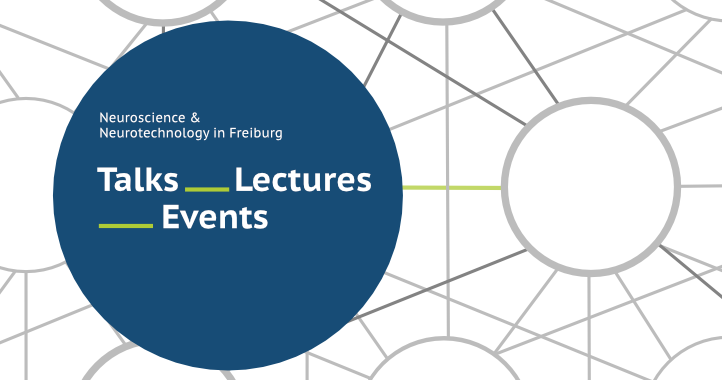Wulfram Gerstner: From spikes to rates, from manifolds to factors: the importance of low-dimensional dynamics in the brain
| When |
Nov 05, 2025
from 12:15 PM to 01:45 PM |
|---|---|
| Where | IMBIT NEXUS Lab, Georges-Köhler-Allee 201, 79110 Freiburg |
| Contact Name | Natalia Ilin |
| Add event to calendar |
|
Abstract
There are a few basic well-known facts in neuroscience: The brain consists of MANY neurons; neurons communicate by spikes; spike trains look different between one trial and the next, suggesting a noisy process; learned behavior such as arm movements is reliable brain dynamics despite the noise; neurons have receptive fields; populations of neurons are highly heterogeneous. Morever, more recently simultaneous recordings of hundreds of neurons from many labs have shown that the dynamics of brain activity can be visualized as dynamics moving in low-dimensional manifolds (e.g., a plane). And modeling work in many labs have shown that rate models work well to explain these dynamic phenomena.
In my talk I will try to connect these facts together using the concept of low-rank connectivity (Mastrogiuseppe and Ostojic) as the core of the theory. I will argue that the organization of receptive fields in visual cortex, the retrieval of memories, and the preparation of motor movements can all be described with the same class of models. Surprisingly, this approach also provides an unexpected connection between spiking models and rate models.
Literature:
Mastrogiuseppe and Ostojic, NEURON, 2018 https://www.cell.com/neuron/fulltext/S0896-6273(18)30543-9;
Pezon et al. bioRxiv (2024), https://www.biorxiv.org/content/10.1101/2024.02.28.582565v3.abstract
Discussion
The lecture will be followed by informal discussions with light snacks and drinks.
Where:
IMBIT NEXUS Lab, Georges-Köhler-Allee 201, 79110 Freiburg
About
Host



